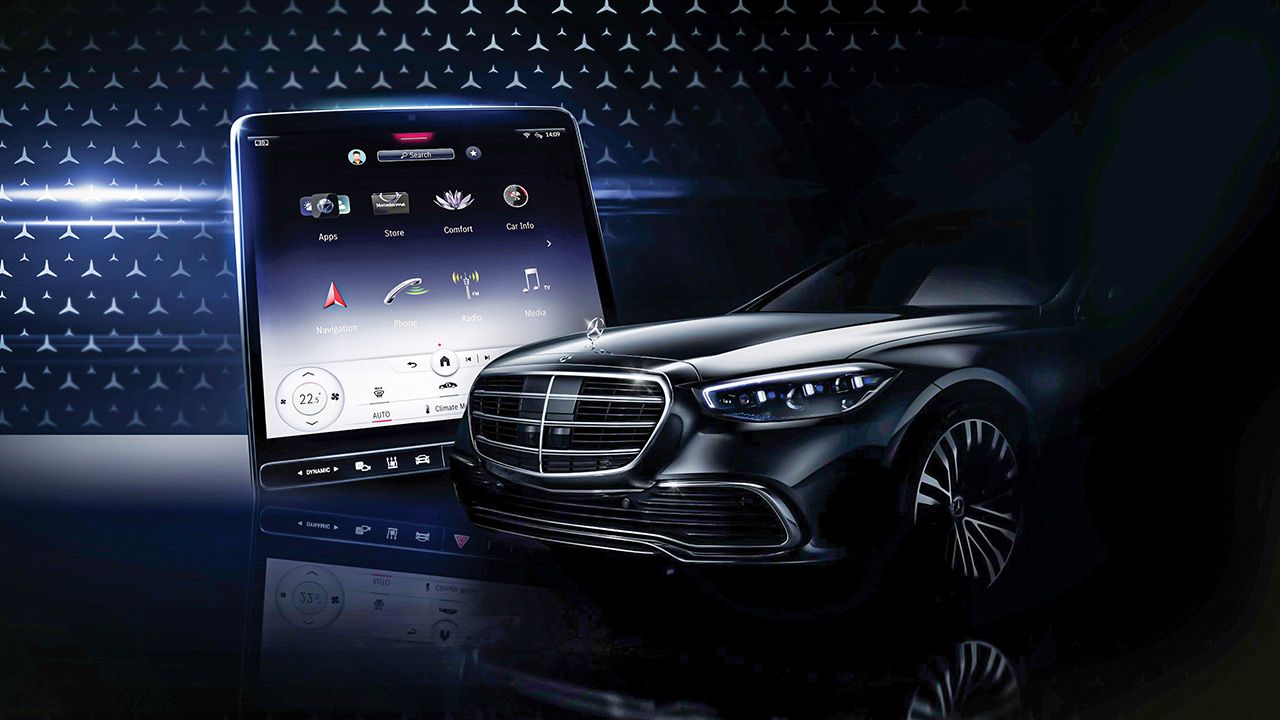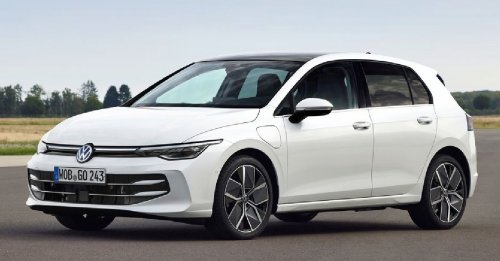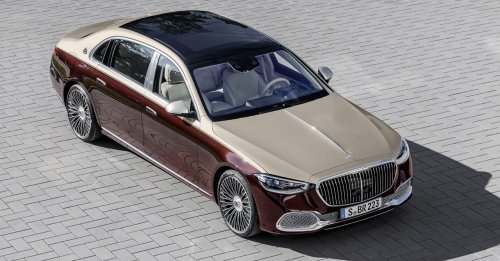
Mercedes goes ‘woke.’ But Jens thinks that this points to a dystopian future…
In German, you pay your respect by addressing someone with the formal pronoun ‘Sie.’ The more colloquial and intimate ‘Du’ has traditionally been reserved for family members and friends. The switch from ‘Sie’ to ‘Du’ is a meaningful event – and here’s why. A loose analogy would be switching from a last name to a first-name basis in a relationship. Contemporary corporate culture has been grinding away at these customary honorifics, but unless you work in an environment where ‘Du’ is enforced, many consider it to be clumsy and obtrusive to use it.
So, it came as a surprise to me that, of all the automotive brands, the one that stands for excellence and social distinction above anything else has taken to calling me ‘Du’. Mercedes-Benz has switched to this egalitarian appellation, and there’s no escaping it. There are almost 30 languages in the system, but proper German has been eliminated. The maker of the S-Class and the Maybach has now joined the ‘woke’ crowd.
Many will disagree, but, to me, it’s not just improper to be addressed in such a colloquial way, it’s also slightly dystopian. That’s because we’re dealing with a machine that, while performing its service and pretending to be my friend, is also collecting vast amounts of data and monitoring every input, whether I want it to or not. In the English language, the problem doesn’t present itself, and I strongly suspect that the French, sovereign in their style, are still addressed with a formal ‘vous.’ Perhaps I should switch the voice output to another language, so I won’t wince every time the new S-Class starts talking.
Now, on another note, I recently got a chance to pilot the venerable Golf GTI, as well as it’s electrified sibling – the GTE. The question is, can an electric hatchback really be sporty?
I loved the agility of the GTI. Powered by a 2.0-liter, 245-horsepower four, it comes with the choice of a six-speed manual or a seven-speed dual-clutch automatic. The car is fantastic with the manual, but when you drive it hard, it becomes clear that this ‘classic’ transmission is an afterthought. It really needs shorter throws, and the brake pedal is misplaced for ‘heel-and-toeing.’ VW has simply carried over the ‘kickdown’ gas pedal from the automatic, and even the cupholder is poorly placed for a manual. The dual-clutch box, on the other hand, works seamlessly, and with perfection, but I just like to shift myself – particularly in such a compact car.
100 comes up in 6.2 seconds, and the ease with which the Golf GTI reaches velocities of 160 and more is mind-blowing. The steering is perfectly weighted, and it is sheer pleasure to toss it around on country roads.
What a contrast to the GTE, the portly plug-in hybrid that carries the looks of the GTI but the heft of an electric motor and a large battery pack that holds enough juice for an electric-only range of up to 62 kilometres. The sprint from 0 to 100km/h takes a satisfactory 6.7 seconds, but the GTE loses steam soon thereafter and takes an eternity to reach its terminal velocity of 225km/h. The initial throttle response is great, as the E-motor kicks in instantly, but if you keep pushing the pedal, there is far less happening than the power output would suggest.
The heavy plug-in hybrid system adversely affects the handling too. Add to that the more vague steering and mediocre brake feel, and the choice for the enthusiast is clear – go for the GTI.
My electrified (though not electrifying) experience with the Golf GTE was validated by a prototype drive in the BMW 545e – the Bavarian automaker’s latest plug-in hybrid that’s now based on the company’s famous straight-six. The agility that the 5 Series is known for is entirely gone with this model, which feels clumsy and ponderous.
Plug-In hybrids are now coming under attack in Europe – but not from enthusiasts. The criticism is coming from the media and politicians, who claim that the official consumption figures are unrealistically low. That’s true, although consumption will vary wildly. If you duly plug in your car and only use it on short distances, fuel consumption can remain at zero. But driven over long distances, plug-in hybrids typically fare worse than conventionally powered cars because of their extra weight.
But this has been known from the beginning, and it has often been pointed out by carmakers. It’s politicians and the EU that promoted this technology with those questionable testing cycles. Nevertheless, we are now beginning to hear breathless accusations of ‘fraud’ and ‘cheating.’ Does that sound familiar?
Also read - Jens takes a contrarian view on the new BMW grille
An overview of recent developments in the global automotive industry























Write your Comment